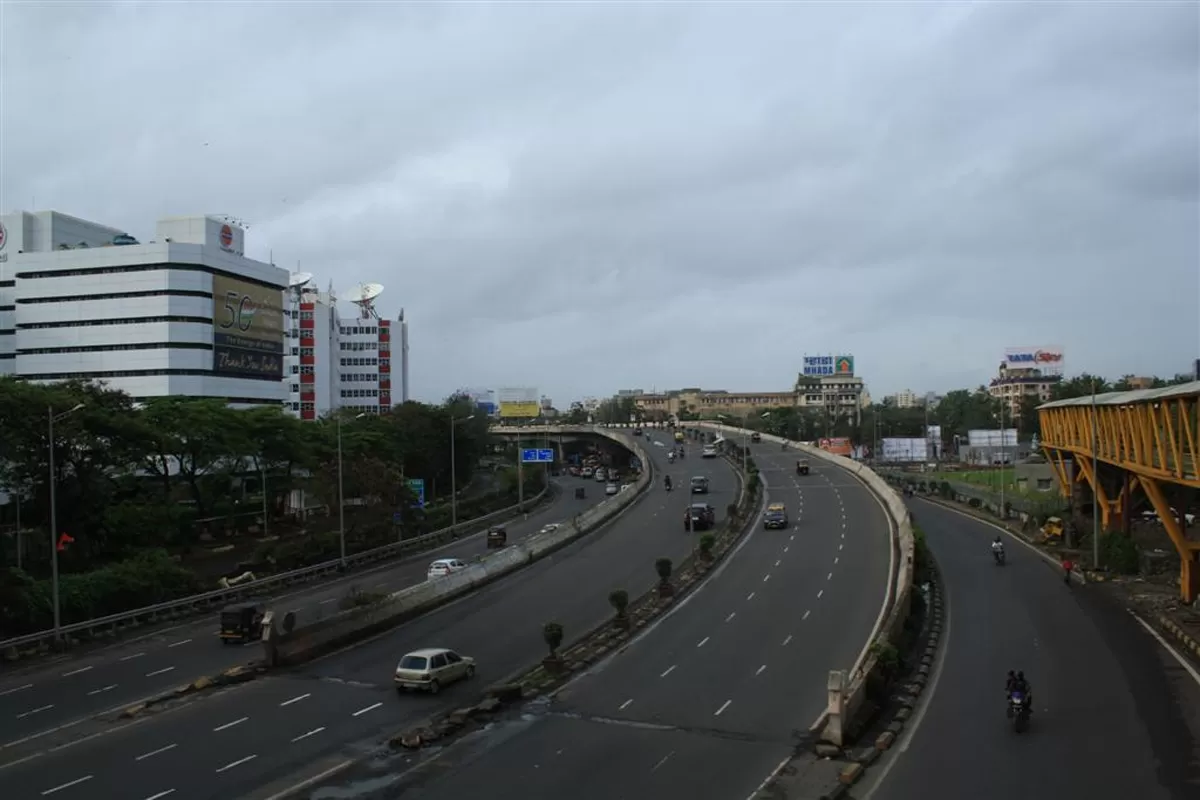Under its “Mumbai in Minutes” initiative, the Mumbai Metropolitan Region Development Authority (MMRDA) is fast-tracking a major infrastructure upgrade—a double-decker flyover integrated with Metro Line 6, enhancing east-west connectivity between Andheri and Vikhroli via the Jogeshwari-Vikhroli Link Road (JVLR) and Powai.
Originally planned by the Brihanmumbai Municipal Corporation (BMC) to ease congestion between Andheri (West) and Jogeshwari (East), the 5.08-kilometre corridor will now be executed by MMRDA for better coordination with Metro infrastructure.
Of the total stretch, 0.93 kilometres have already been built by BMC. The remaining 4.15 kilometres are being developed in two phases:
Part I involves a 2.58-kilometre double-decker flyover—one level for road traffic and the other for Metro Line 6. Constructed by Delhi Metro Rail Corporation (DMRC) on a deposit basis, this segment is 80 per cent complete and has a project cost of Rs 3.04 billion.
Part II comprises 1.55 kilometres of single-level flyover and missing links, including approach ramps and a 120-metre cable-stayed bridge spanning the Western Express Highway (WEH) and Metro Line 7. Awarded to J Kumar Infraprojects Pvt. Ltd. at Rs 3.79 billion (excluding GST), it is currently 39 per cent complete.
Progress is challenged by restricted working hours due to heavy traffic on JVLR, coordination with Metro Line 7’s operational teams, and the need for diversions and clearance of underground utilities and encroachments at key junctions like Veera Desai and Pratap Nagar.
MMRDA has scheduled phased commissioning to expedite relief for commuters:
Phase I: From Infinity Mall, Andheri (W) to JVLR Junction (~2.4 km, including BMC’s portion), targeted for completion by December 2025.
Phase II: Including the cable-stayed bridge, is expected to complete by June 2026, requiring night-time construction during Metro Line 7 power blocks.
Once operational, the flyover will provide signal-free, direct connectivity between Andheri and Powai, easing traffic pressure on both JVLR and WEH. It is expected to significantly reduce travel time, fuel usage, and emissions, aligning with MMRDA’s goals for sustainable urban mobility across the Mumbai Metropolitan Region.


